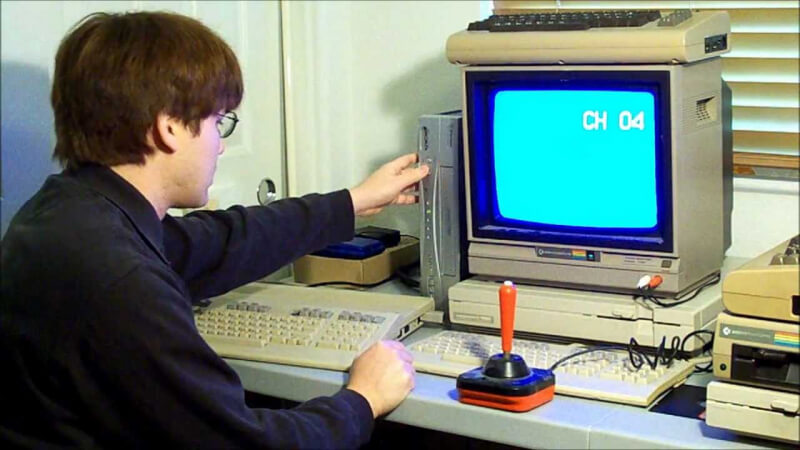Choose your answer and the correct choice will be revealed.

The Commodore 64 took CES 1982 by storm, promising a system that was considerably more powerful than anything offered by competitors while costing only $595. This price reportedly shocked Atari employees visiting Commodore’s booth and was made possible by the company’s strategic vertical integration.
Commodore had recently acquired MOS Technology’s semiconductor fabrication plants, significantly reducing production costs, with each Commodore 64 unit costing only about $135 to manufacture.
The original Commodore 64 featured a 1 MHz CPU and 64 KB of RAM, specifications impressive for its time. The $595 price tag would equate to roughly $1,950 in today’s dollars (as of 2025). Commodore quickly capitalized on this competitive advantage. By the end of 1982, the company had sold approximately 360,000 units, a number that nearly quadrupled to 1.3 million in 1983. Remarkably, this was roughly equal to the combined sales of IBM and Apple for the same year.
Throughout the 1980s, annual sales consistently exceeded one million units. According to Commodore founder Jack Tramiel, the company may have shipped as many as 30 million Commodore 64 computers over its lifetime. However, more conservative and commonly cited estimates suggest the number is closer to 12.5 to 17 million units, which still positions it as the best-selling desktop personal computer model in history.
Want to take a trip down memory lane? The Internet Archive has launched a Commodore 64 emulator, complete with 10,500 programs. In theory, each piece of software (including several classic games) has been tested extensively and should work just as it did years ago.
Additionally, the retro market has embraced the Commodore 64, resulting in modern reincarnations like the C64 Mini. Plans for a full-sized version of the Commodore 64 kind of panned out, meaning to appeal to nostalgic enthusiasts and new generations curious about computing history.